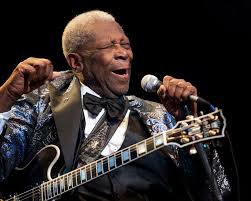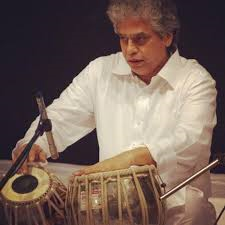Concert review/ Pt Ajoy Chakraborty at Dinanath Hall
IT’S always been a pleasure to listen to a live recital by Pt Ajoy Chakraborty. A leading representative of Patiala gharana gayaki, he has helped carry forward the tradition set by the great Ustad Bade Ghulam Ali Khan. While he has mastered the techniques of the school through his training under the maestro’s son Munawar Ali Khan, he has also adapted nuances from other styles by learning from the renowned musicologist and teacher Pt Gnan Prakash Ghosh, besides being guided by the likes of Hirabai Badodekar, Nivruttibuva Sarnaik, Latafat Ali Khan and M Balamuralikrishna.
Chakraborty performed at the Dinanath Mangeshkar Hall in Vile Parle, Mumbai, on Tuesday in a concert held in memory of the well-known taar-shehnai exponent Pt Vinayakrai Vora. Though the proceedings started almost 50 minutes late, the singer mesmerised the audience from the moment he began. Accompanying him were Soumen Sarkar on tabla and Gaureb Chatterjee on harmonium, with his disciple Kaustubh providing vocal sangat.
Though critics have in the past complained of overuse of ornamentation, the fact is that the Patiala gharana style is very enjoyable to listen to. Special features are the use of intricate taan patterns and sargam passages, which are slowly and meticulously constructed while unfolding the raag. Singers also specialise in the Punjab ang thumri, with Bade Ghulam Ali Khan and his brother Barkat Ali Khan leaving behind a treasure trove of memorable compositions.
Unlike many vocalists who prefer to just come on stage and sing, Chakraborty likes to explain his music to the audience, not only at the beginning but sometimes just before executing a phrase. So when he announced that he was beginning with a rare form of raag Kalyan, he talked of the research he had to conduct before actually becoming preparing to render it live, and also the meaning of the words. A speciality of this piece, he said, was that it used both shuddh and teevra madhyam, with all other notes being in the pure form.
Chakraborty’s Kalyan lasted almost 70 minutes. The vilambit ‘Jag mein kacchu kaam nar naariyan ki bas mein nahin’ was charactertised by a smooth build-up, some soulful phrases in the mandra saptak and later a stunning display of sargams. Being devotional in nature, the drut ‘Darshan devo Shankar Mahadev’ was rhythmically resonant and reached an energetic crescendo. A brilliantly rendered taraana, which boasted of complex permutations and combinations of syllables, ended the raag.
A 20-minute break was followed by a short khayal in raag Kaushik Dhwani, with the words ‘Kavan dhang se tum gaavat ho’, followed by the faster portion ‘Ajahun aaye baalamva’. Also known as Bhinn Shadja, this is a pentatonic night raag which omits rishabh and pancham, using other notes in the shuddh form.
As anticipated by the listeners, Chakaraborty next sang two thumris, with tabalchi Sarkar excelling in the laggi portions toward the end. The first ‘Saajan to humse rooth gaye’ was in Maanj Khamaj, and had a melodic air. The extra-popular Sindh Bhairavi tune ‘Kaa karoon sajni aaye’ received an overwhelming response, with Chakraborty totally putting his heart and soul into its presentation. He even demonstrated how a particular portion would be sung in the jazz form. As an apt conclusion, he rounded off with a shloka in memory of Vora.
Before presenting the thumris, Chakraborty said he was only providing a ‘jhalak’ as he has been scheduled for a full-fledged thumri evening at the National Centre for the Performing Arts in July. That would be an evening worth looking forward to.




